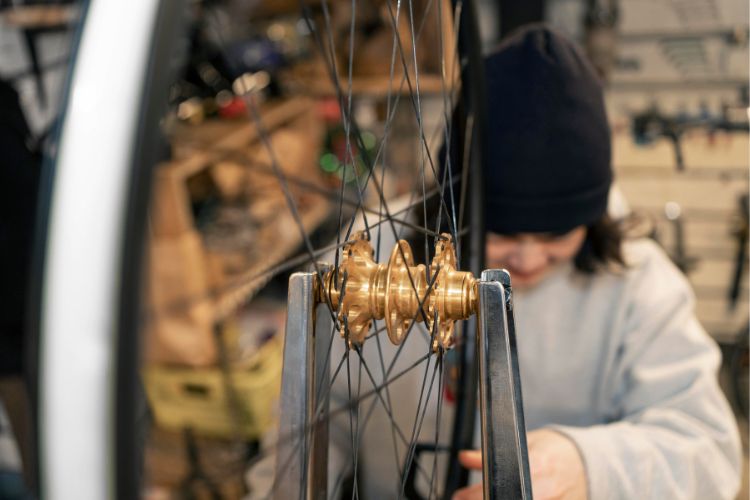In industrial piping systems, axial expansion joints play a crucial role in accommodating thermal expansion and mechanical movement. Ensuring these components function optimally requires proper maintenance. Partnering with a trusted axial expansion joint manufacturer in India can make all the difference in system reliability and longevity.
Understanding Axial Expansion Joints
Axial expansion joints are specifically designed to handle axial movements in pipelines. These joints absorb thermal growth, reducing stress on pipework and connected equipment. By selecting high-quality components from reputable manufacturers, industries can avoid common failures and downtime.
Why Maintenance Matters
Even premium axial expansion joints require regular inspections to maintain performance. Neglecting maintenance can lead to leaks, material fatigue, or catastrophic pipeline failure. Routine care ensures optimal elasticity, corrosion resistance, and operational efficiency.
Essential Maintenance Tips
1. Regular Visual Inspections
- Check for visible cracks, corrosion, or deformations on the bellows.
- Inspect flanges, gaskets, and connections for wear and tear.
- Identify unusual bulging or misalignment that could indicate internal stress.
2. Lubrication and Sealing
While most axial expansion joints are low-maintenance, some applications benefit from light lubrication of moving parts and ensuring seals remain intact. This prevents premature wear and maintains flexibility under high-pressure conditions.
3. Monitor Operational Conditions
- Keep track of temperature fluctuations and pressure changes in the system.
- Ensure the axial expansion joint is not subjected to lateral or angular stresses beyond its design specifications.
- Regularly check that pipelines remain aligned to avoid unnecessary stress.
4. Cleaning and Corrosion Control
Industrial environments can expose joints to chemical residues, moisture, and dust. Routine cleaning and protective coatings help prevent corrosion. Consulting with your axial expansion bellows manufacturer can provide guidance on compatible cleaning agents and protective measures.
5. Documentation and Record Keeping
Maintain a log of inspections, replacements, and any unusual occurrences. This helps in identifying patterns, planning proactive maintenance, and ensuring compliance with safety standards.
Expert Advice for Longevity
Engaging with experienced suppliers such as Flexpert Bellows Pvt Ltd ensures you receive not only high-quality products but also maintenance guidance tailored to your industrial setup. Their expertise in Compact Space Solutions for Pipe Movement in Confined Areas can optimize installation and reduce operational risks.
Signs You Need Replacement
- Visible cracks or tears in the bellows material.
- Leaking joints or compromised flanges.
- Excessive noise or vibration during operation.
- Repeated stress or misalignment issues despite maintenance.
FAQ
1. How often should axial expansion joints be inspected?
Visual inspections should occur at least twice a year, with more frequent checks for high-pressure or high-temperature systems.
2. Can axial expansion joints handle misalignment?
Minor misalignment is acceptable, but excessive lateral or angular movement can cause damage. Correct installation and regular monitoring are essential.
3. What materials are commonly used for axial expansion joints?
Stainless steel, high-grade rubber, and PTFE are typical, offering durability and resistance to corrosion, temperature, and chemical exposure.
4. How can I extend the lifespan of my axial expansion joints?
Follow manufacturer-recommended maintenance, conduct regular inspections, avoid overloading, and ensure proper cleaning and lubrication.
Conclusion
Proper maintenance of axial expansion joints is not just a recommendation—it’s a necessity for safe and efficient operations. By partnering with a reliable axial expansion joint manufacturer in India, implementing regular inspections, and adhering to expert guidelines, industries can maximize longevity, reduce downtime, and protect investments.





